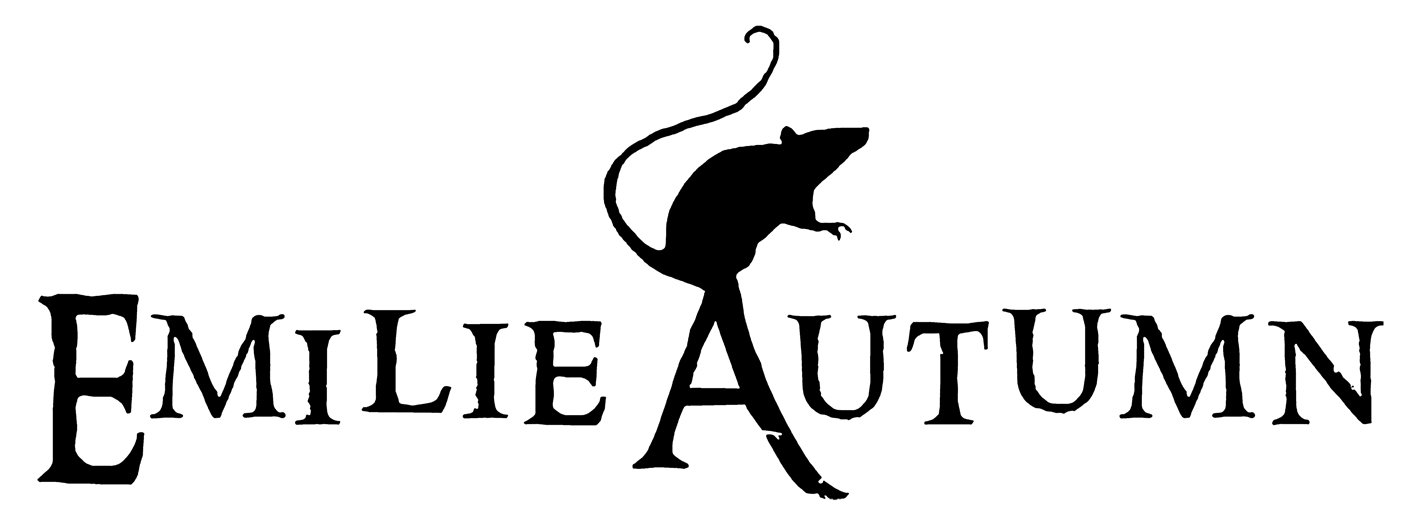Find Your Rats: Why Feeling Less Alone Could Save Your Life
Dearest Plague Rats,
I was in my mid-20s. The Opheliac album had just launched in Germany—the very beginning of my career as I know it. Backstage, a box of letters arrived, collected from the striped-stockinged souls (soon to be known as Plague Rats and Inmates) waiting in line for the show to begin.
I finished painting the heart on my cheek in red lipstick, then opened a tea-stained envelope and began to read.
Lovely words—words I had never expected—and then the closing line:
"Your music made me feel less alone."
I was sincerely confused. Why? It didn’t make me feel less alone.
Another letter spilled red glitter across my lap. Again:
"Less alone."
The first Asylum book reading in Germany—the book hadn't been printed yet, so I taped the typed up pages into an antique book and marked my chapters with post-its.
I Never Set Out to Comfort Anyone
I knew my antics might entertain, but I hadn't set out to comfort anyone. I wasn't "well" myself—still cycling between manic and depressive states my early treatments couldn't contain. When I wrote the music people came to hear, I hadn't thought of anyone else at all. I had simply unleashed my anger, ecstasy, sorrow, and weapons-grade gallows humor into an unsuspecting world.
And yet the refrain grew louder with every letter, and louder still when the Asylum book appeared: less alone, not alone, no longer alone.
What was I doing to make anyone feel this way, and why was the sense of being “less alone” so transformative that they felt it worth their time and care (and criminal cost of international postage) to thank me for?
Over the years that followed, I began to see that, by refusing to sanitize my raw existence, I had shown people they weren't the only ones carrying such complex and frightening feelings. And if they weren't the only ones, perhaps they weren't broken. Because we can't all be broken, right?
But I knew there was more to it. How many of us feel isolated, even when we're surrounded by people? And isn't being alone one of our primal fears?
The Science of Loneliness
When I discovered the science that loneliness is strongly linked to higher mortality risk—as dangerous to health as smoking—it clicked.
Feeling less alone isn't just nice. It's life-saving.
This realization led me to create my absolute favorite part of the Keys & Doors Method: the Find Your Rats exercise.
This Is Your Brain on Rats
Let's talk about your stark raving sane brain for a moment. It's designed to scan constantly for threats, and this negativity bias has kept humans alive for millennia. Great.
But here's what I ask you to consider: scanning for support is also a survival mechanism. Allies, kindness, resources, connection—these keep us alive too.
The tricky bit is, evolution optimized for the immediate catastrophe (tiger) over the cumulative deficit (no allies, care, food sharing). So our wiring over-favors threat signals, even though human connection is just as survival-relevant over time.
And because you know I'm going there, neuroscience reveals something beautiful: repeatedly focusing on positive information literally rewires your brain. When you consciously notice positive things for even 10-20 seconds, you help those experiences move from short-term to long-term memory, gradually raising your baseline resilience—which is the goal of the entire KDM (because resilience = momentum = empowerment).
Find Your Rats retrains attention to register the life-sustaining evidence your well-intentioned brain would otherwise underrate.
The Find Your Rats Exercise
Each evening, in the KDM Workbook, you’re asked to scan back through your day and record signs of support you noticed—from dramatic interventions to subtle gestures to a song you love playing at just the right moment.
Over time, the moments you record become proof that you are not moving through your day alone.
This is neither magic nor toxic positivity—you're exercising your power to retrain your pattern recognition and fundamentally change the way your mind functions.
When you practice looking for Rats instead of threats, you'll discover that they've been there all along, cheering you on in ways you'd never imagined.
Be Someone Else's Rat
How would it feel to be someone else's Rat today?
The small kindness you offer—a moment of genuine attention, an unexpected gesture of care, seeing someone clearly and letting them know—might be exactly what another person writes down tonight as proof that they weren't alone today.
This Is Your Mission (should you choose to accept it…and i hope that you do)
I invite you to look for your Rats tonight. Notice the support around you. Write it down. Let it rewire your beautiful brain, one night at a time.
And if you can (and I know you can), find one small way to be someone else's Rat tomorrow.
The complete Keys & Doors Method Workbook expands this and other practices with daily, weekly, and monthly pages, plus tools to help you work with your extraordinary mind instead of against it.




